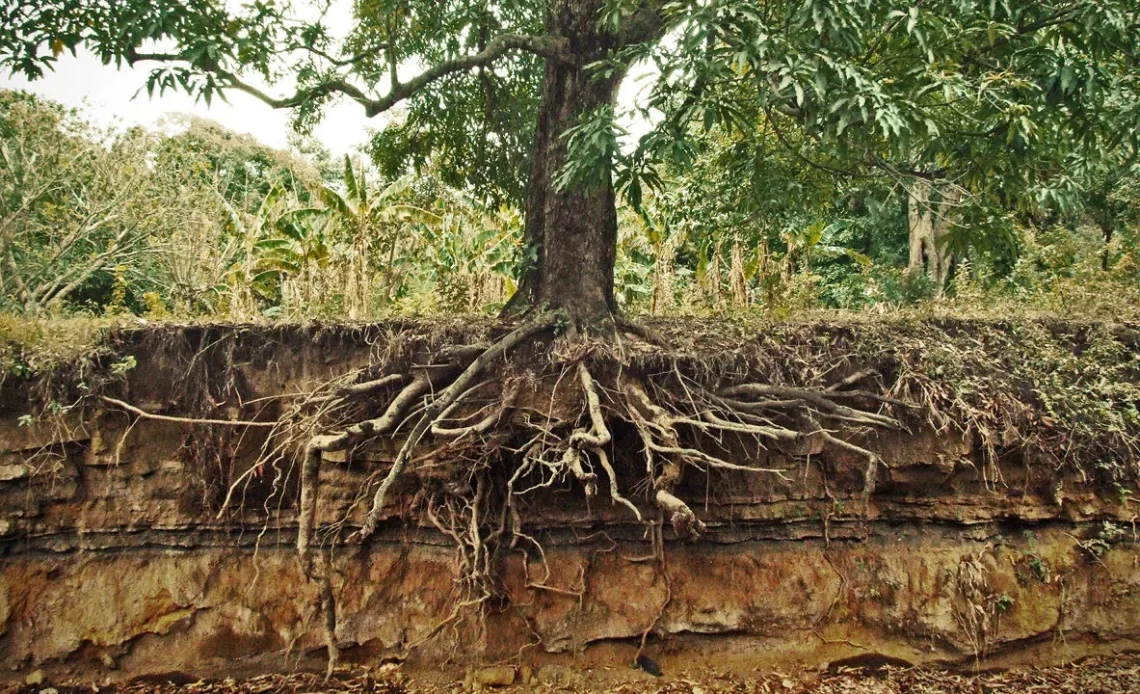Root system problems represent some of the most complex challenges in tree health management, often requiring specialized knowledge and techniques to diagnose and treat effectively. These underground issues manifest in various ways, from visible symptoms like crown dieback to structural instability threatening property and safety. When confronting root system complications, an experienced arborist employs multiple diagnostic methods to assess the extent and nature of the problem. Visual inspection of above-ground symptoms provides initial clues, but comprehensive evaluation requires specialized tools and techniques to examine the hidden root zone. https://www.okennedytreecare.ie/ Ground-penetrating radar, air-spading equipment, and soil core sampling help reveal the actual condition of root systems without causing additional damage.
Identifying common root system disorders
Root rot diseases caused by fungal pathogens like Armillaria and Phytophthora create some of the most serious threats to tree health. These conditions spread through soil moisture and root contact, gradually weakening the tree’s foundation. Specialist services identify these problems through:
- Soil testing and pathogen analysis
- Root excavation and tissue examination
- Laboratory analysis of root samples
Compacted soil presents another frequent challenge, particularly in urban environments where heavy machinery and foot traffic compress the earth around tree bases. This compression prevents proper oxygen and water infiltration, leading to root suffocation and poor nutrient uptake. Professional assessment involves soil penetrometer testing and analysis of soil structure to determine compaction levels.
Girdling roots develop when roots grow in circular patterns around the trunk base, eventually constricting the tree’s vascular system. These structural problems often result from improper planting techniques or container-grown trees that weren’t root-pruned adequately before installation. Detection requires careful excavation around the root collar area to expose the problematic root growth patterns. To stay informed on practical tree services, consider visiting .
Treatment methodologies for root problems
Air spading technology revolutionizes root system treatment by using compressed air to remove soil without damaging delicate root structures. This pneumatic excavation allows arborist professionals to expose problem areas while preserving healthy root tissue. The technique enables the precise removal of girdling roots and the installation of root barriers where necessary. Soil modification treatments address compaction and poor drainage issues through various methods:
- Vertical mulching involves drilling holes around the tree’s drip line and filling them with organic matter
- Radial trenching creates channels extending from the trunk to facilitate better water movement
- Using deep root fertilization, nutrients reach the roots directly
Root collar excavation helps trees suffering from buried root flares, a common problem in landscape installations. Removing excess soil around the base allows proper gas exchange and prevents bark decay when root collars remain buried. This process must be performed carefully to avoid disturbing essential feeder roots.
Preventive measures and soil enhancement
Mycorrhizal inoculation introduces beneficial fungi that form symbiotic relationships with tree roots, enhancing nutrient uptake and disease resistance. These treatments work particularly well in disturbed urban soils where natural fungal populations have been depleted through construction activities and chemical applications. Organic soil amendments improve root zone conditions by gradually incorporating compost, aged manure, and other organic materials. These additions enhance:
- Soil structure and porosity
- Water retention capacity
- Nutrient availability
- Beneficial microbial populations
Root system problems demand specialized expertise and equipment to address effectively. Professional intervention often saves valuable trees through proper diagnosis and treatment. This preserves both the environmental benefits and the aesthetic value these calming landscape elements provide to properties and communities.

